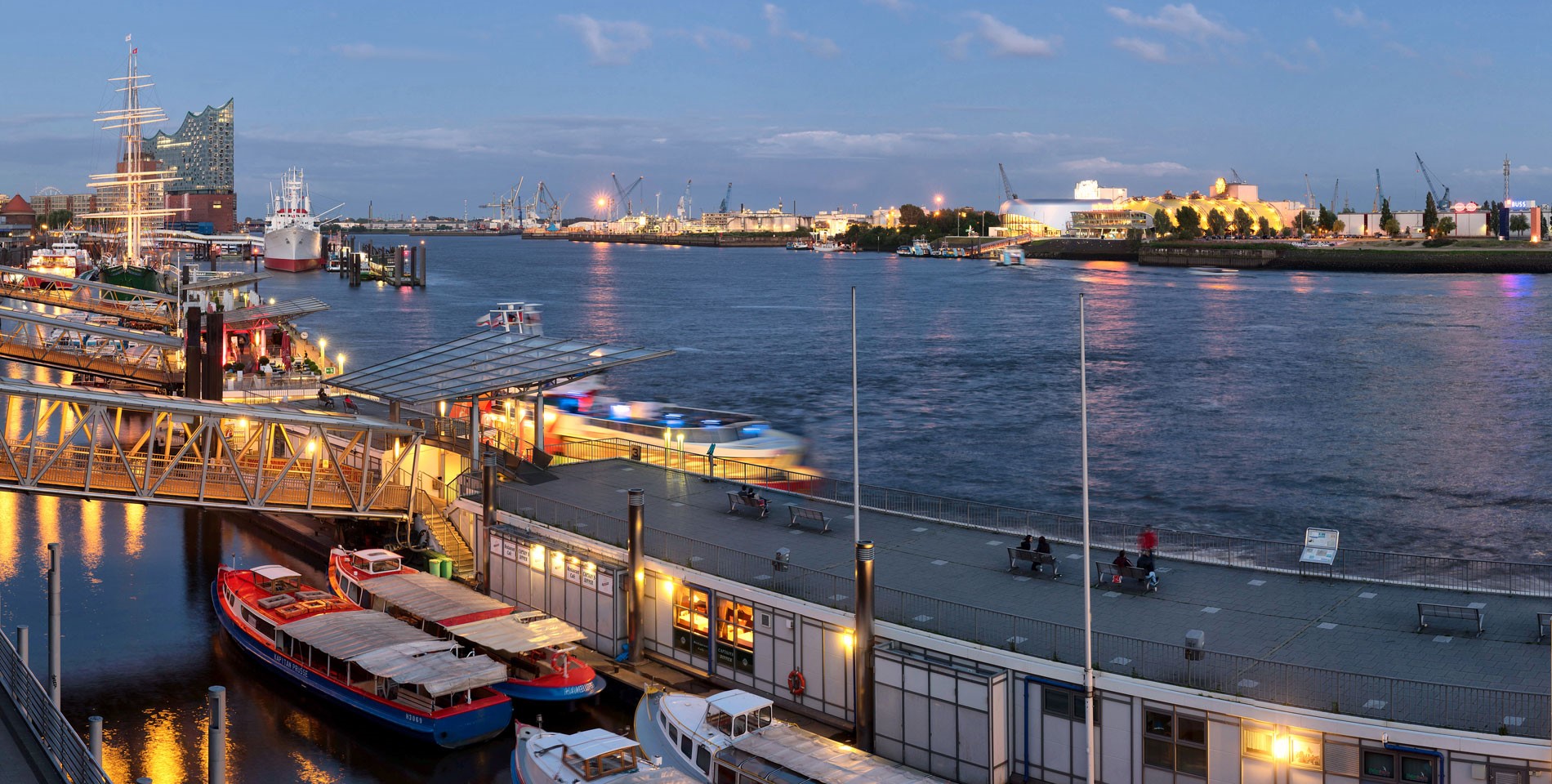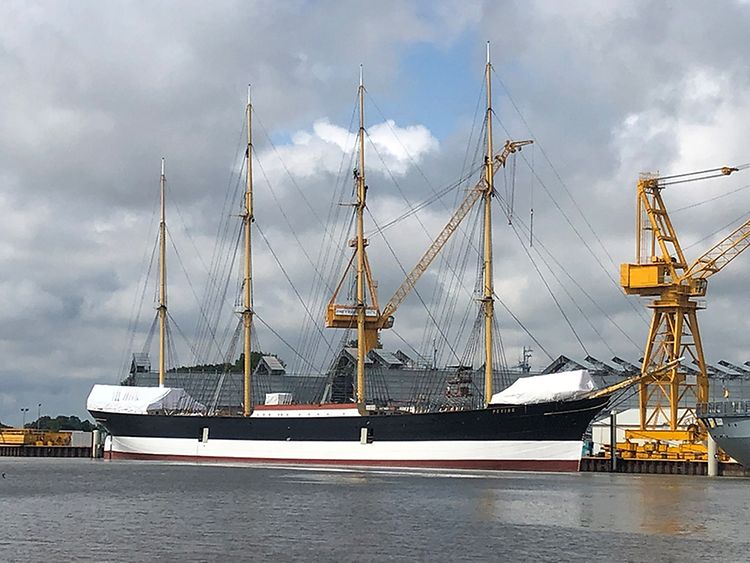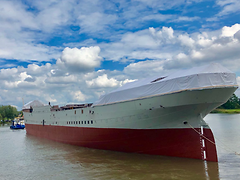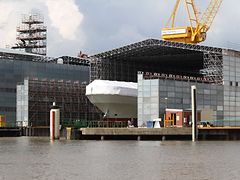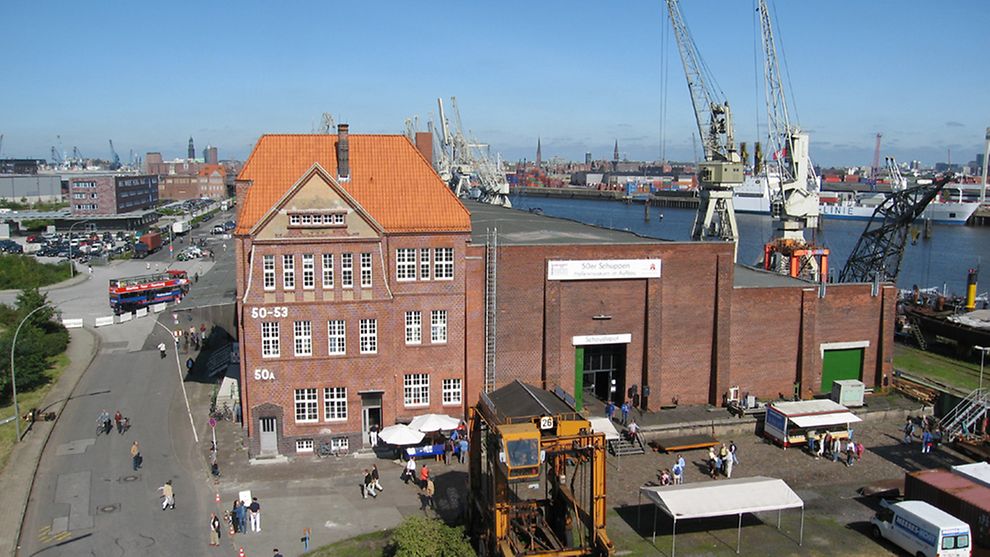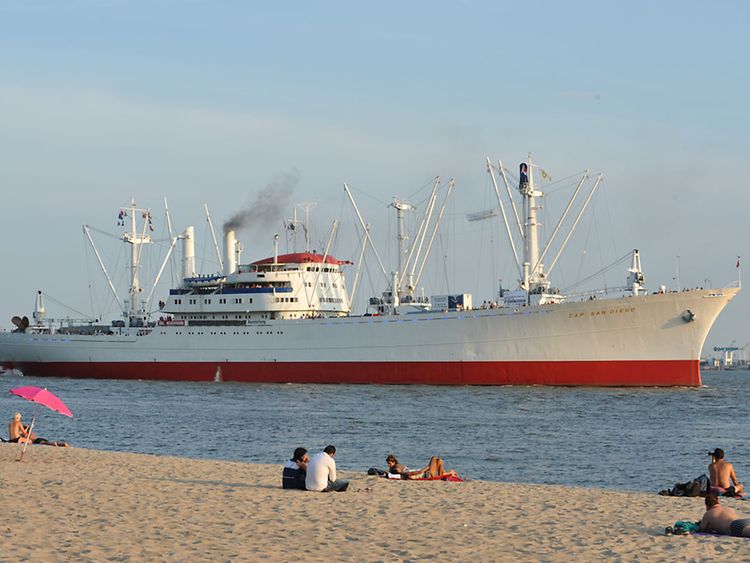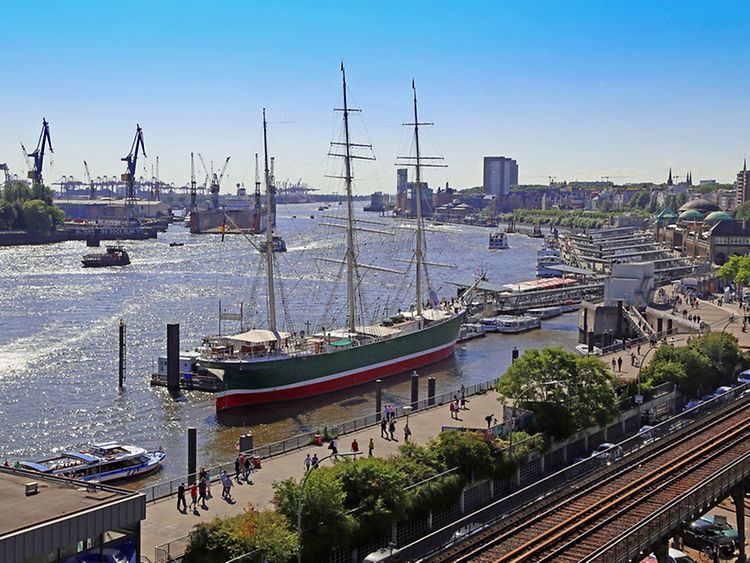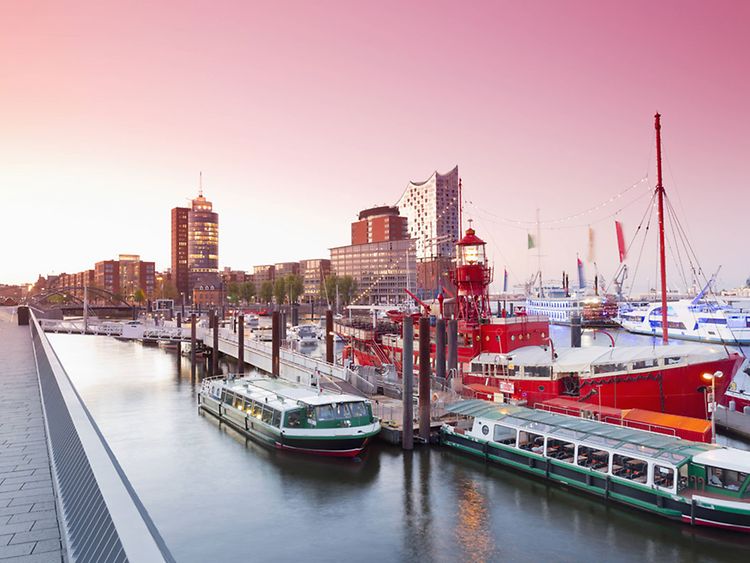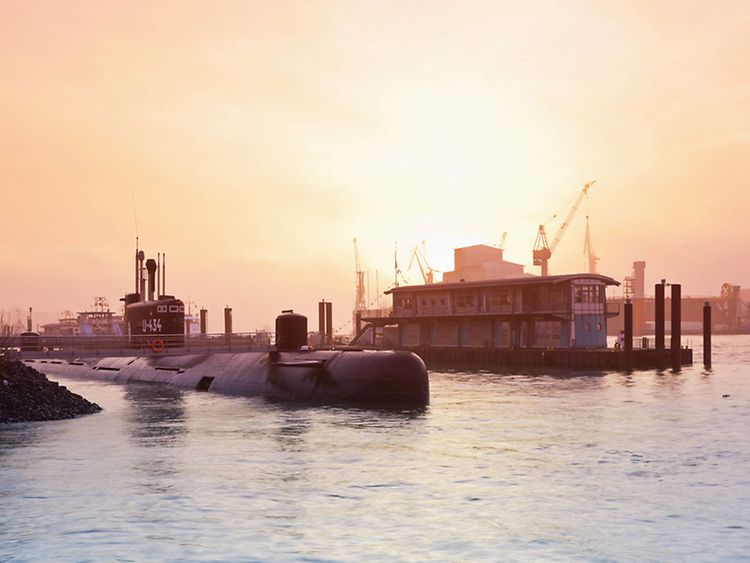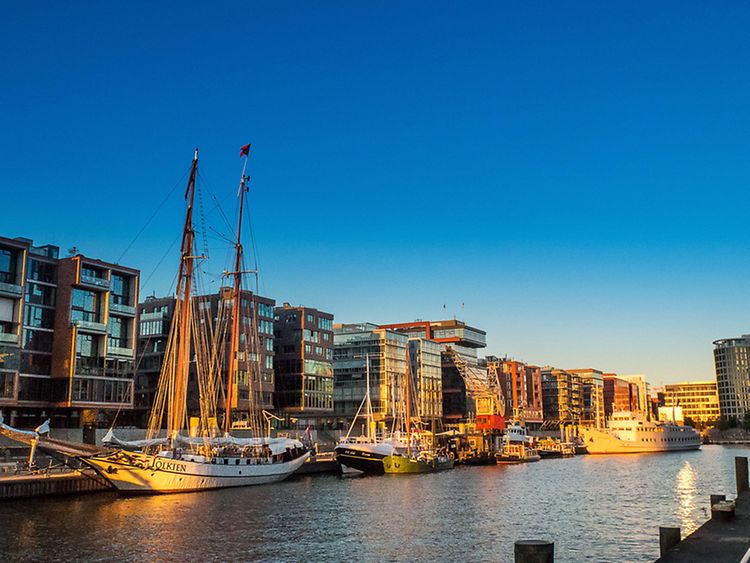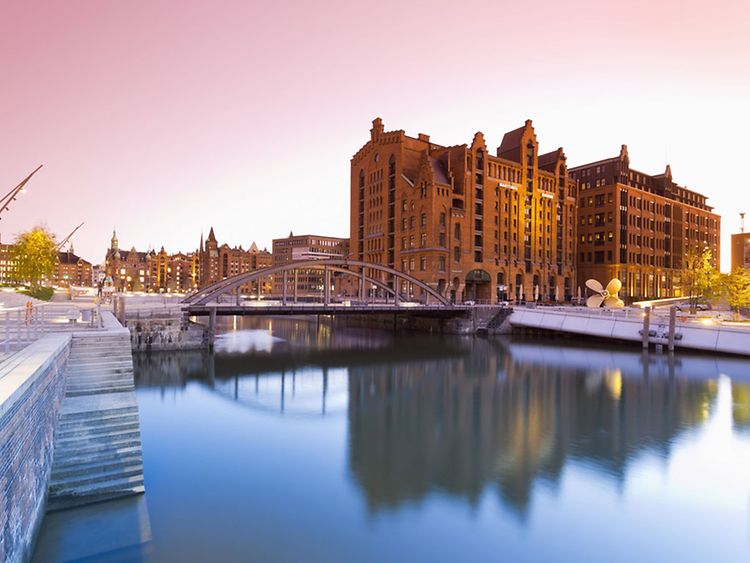Hamburg's port is one attraction the richer. Next to the Rickmer Rickmers, Cap San Diego and MS Bleichen, the sailing ship Peking is the fourth museum to cast anchor by the banks of the Elbe river. After 70 years, the four-masted vessel is finally back in her home port. Reconstruction works are now complete, making the Peking the Deutsches Hafenmuseum’s new… well… flagship.
Peking docks in Hansahafen
The Peking has docked in the newly-developed Grasbrook neighbourhood, where the Deutsches Hafenmuseum (lit. ‘German port museum’) is scheduled to open in the second half of the 2020's. Construction started in 2023. A branch of the museum will remain in the current location on the south bank of Hansahafen. There, a fleet of historic ships and cranes will be expanded step by step towards a living history museum, highlighting the technical side of maritime life. The Peking has cast anchor here, even before the new museum southwest of the Elbbrücken bridges opens.
Stay afloat
Restoration is ongoing, with extensive work on the ship’s hull and interior. After these initials repairs, her masts and rigging will be the focus of the final phase of maintenance work, which will take place at Hansahafen.
Although an unforeseen amount of asbestos and lead in the hull contributed to higher costs than initially planned, the condition of the ship’s bottom far exceeded expectations, meaning that the overall repairs went faster than scheduled. Being able to maintain the original bottom also helps keep the future museum ship as original as possible.
Back to 1927
In the dry dock, the four-masted sailing ship was restored to her original 1927 condition. The floors, interior furnishings and storage rooms were restored to be as true to their original design as possible, while new water tanks and a new wooden deck were added. Restoration plans also focus on the reconstruction of quarters and include plans for an improved accessibility. Due to the relative scarcity of documentation of the ship’s original design, the challenge lay in analysing the little information available. The vessel’s turbulent history will be presented to the public in an exhibition on the barque’s deck.
The Peking - a witness to the past
Named for the Chinese capital of Beijing, the Peking was constructed in Hamburg-based shipyard Blohm+Voss in 1911. The Flying P-Liner belonged to the shipping company F. Laeisz. At the time, the so-called ‘windjammers’ were the most modern sailing vessels in a world quickly transitioning to steam and coal for power, with the Peking being the last of its kind. The barque is one of the very few sailing ships that date back to a time when a proud few ships were still powered by wind and muscle alone.
Initially, the ship was used for saltpetre trade with Chile. The passage to South America took the sailing ship a stunning 70 days, which was remarkably fast by early 20th century standards. Even circling around the notorious Cape Horn was no problem for the sturdy windjammers.
In 1921, the Peking was given to Italy as reparation payment in the aftermath of the First World War. It was eventually re-bought by its original owner, only to be sold again and used as a British children’s home and training vessel under the name Arethusa II. During World War II, the now-named HMS Peking was used by the Royal Navy to house soldiers. In 1974, the glory days came to a halt when the Peking was auctioned-off to New York, where she became one of six ships in the South Street Seaport Museum.
The new flagship
In 2012, the New York-based historic port museum expressed that it no longer had space for the ramshackle Peking. Only generous funding by the German government was able to save the ship from demolition.
So far, €26 million have been allocated to reconstruction work and the transatlantic passage back into the home port of Hamburg. In 2017, the sailing ship was returned to Europe aboard the gigantic freighter Combi Dock III. At Deutsches Hafenmuseum, the Peking will receive a specially-constructed berthing place, next to the historic Saatsee floating crane.
